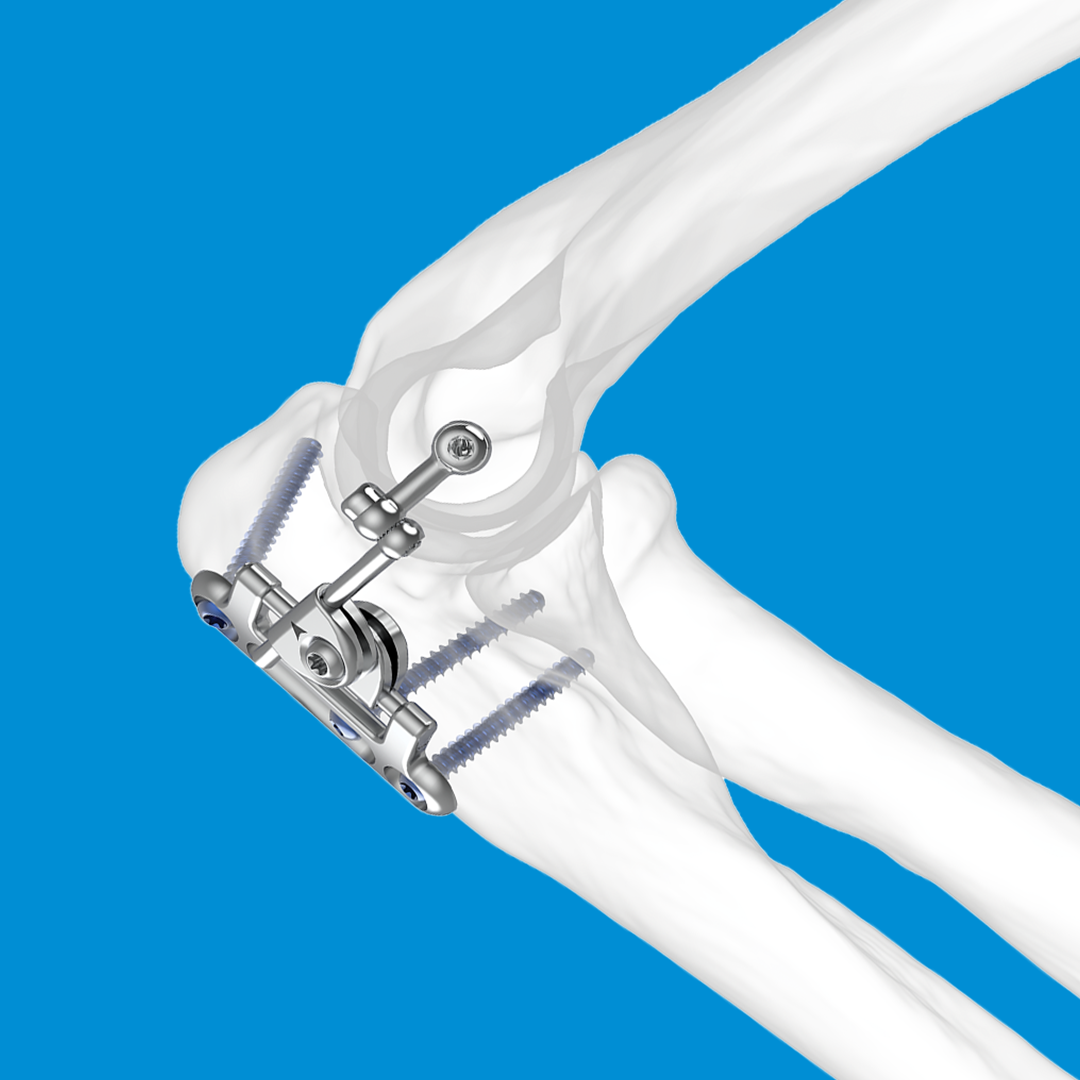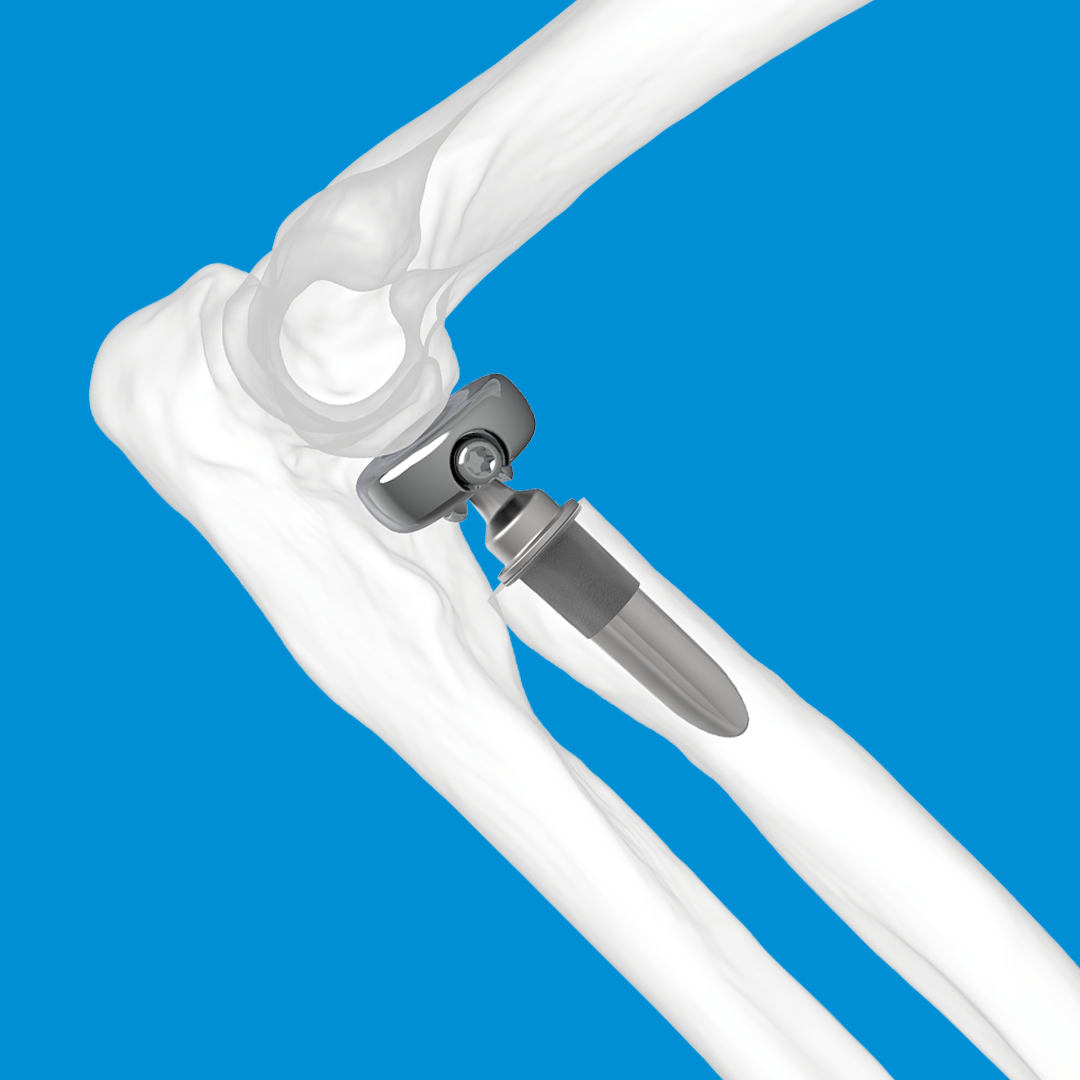
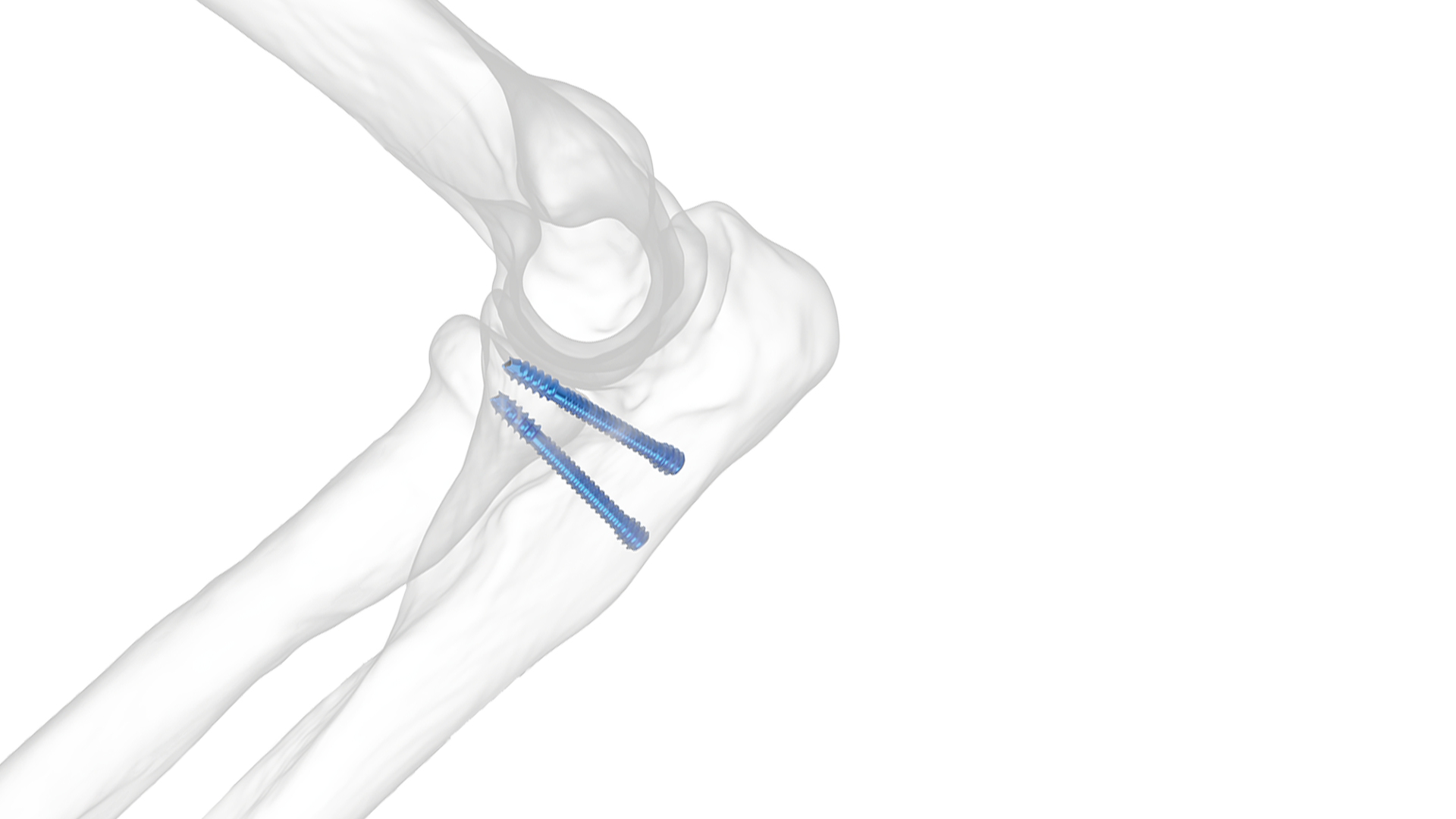
REDUCT® Headless Compression Screw System
Features
- Canulated controlled compression
- 2.5mm and 3.5mm diameters
- Precise fixation of radial head and coronoid fragments
REDUCT®
The REDUCT® headless compression screw system is intended for fixation of osseous fragments or fractures, arthrodesis of small joints, and osteotomies. Screws are sized appropriate to patient anatomy and the treatment type. Examples of injuries include:
Scaphoid fractures, lunate fractures, capitate fractures, trapezial fractures, metacarpal and metatarsal fractures, phalangeal fractures, radial head fractures, ulnar styloid fractures, osteo-chondral fractures, small joint fusions, carpal fractures and non-unions, capitellum fractures, distal radius fractures, humeral head fractures, glenoid fractures, intercarpal fusions, interphalangeal fractures, metatarsal osteotomies, tarsal fusions, malleolar fractures, patellar fractures, odontoid fractures, and mandibular fractures.
The REDUCT® Headless Compression Screw System
The system is designed for maximum initial contact and surface area at the point of screw-bone contact. The ends of headless compression screws are different sizes. For instance, the REDUCT® 3.5mm screw has a leading end of 3.4mm and a trailing end of 4mm. In comparison, the 2.5mm screw has a leading end of 2.6mm and a trailing end of 3.2mm.
This helps the system distribute and dissipate mechanical load in a certain area. Orthopaedic screws are often used to treat fractures as they hold bone fragments together for healing, without leaving surface prominence. This is because the creation of compression between the fragments allows for long-term fixation.
Screws used for internal fixation are often left in place after the bones have healed. This is because their materials and shape is designed not to cause harm. Cannulated screws also cause less irritation to soft tissue. Therefore, surgical procedures involving systems like REDUCT® are likely to require less rehabilitation. Issues such as infection or pain can arise unless proper surgical procedure is followed.
The system includes:
- 2.5mm width cannulated titanium screws
- 3.5mm width cannulated titanium screws
- Specialized instrumentation – depth gauge, drills (Quick Connect 1.9mm and 2.7mm, Countersink 2.7mm and 3.5mm), k-wire (1.4mm x 165mm, 0.9mm x 152mm), driver
Both the 2.5mm and 3.5mm screws are available in 11 different length configurations. These follow increments of 2mm from 10 to 30mm.
Stages of Headless Compression Screw insertion
- Distal fragment engaged with distal threads.
- Thread relief clears the fracture site.
- Central clutch section provides translation between bone fragments.
- Slippage prevents over compression.
- All proximal threads engage the proximal fragment, leading to 1mm of final compression.
Through internal testing, compressive force is only seen to rise from stage 3 onwards. Predrilling is recommended for this system because it contains self-drilling screws. This is because the application of axial force can decrease compression.
INTERESTED IN REDUCT® Headless Compression Screw System
If you would like more information regarding Skeletal Dynamics’ REDUCT® Headless Compression Screw System.
Interested in the REDUCT® Headless Compression Screw System ?

Provides the needed fragment approximation and only 1mm of reproducible compression
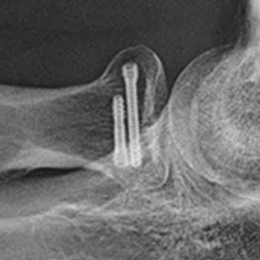
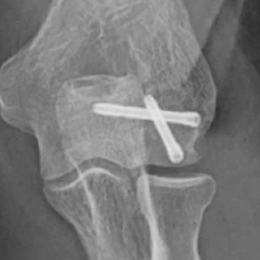
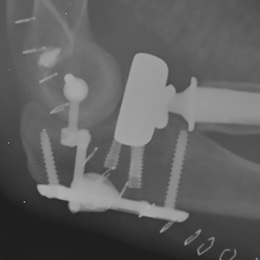
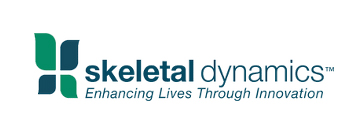
Founded in 2007 by Dr Jorge Orbay, MD, Skeletal Dynamics set out to provide innovative, science-based solutions to solve and understand the clinical challenges of upper extremity surgery and unmet clinical needs. Skeletal Dynamics is the only medical device company that is 100% solely focused on the upper extremities. Distributors of Skeletal Dynamics are selected based on individual integrity, industry experience and clinical knowledge and LEDA is proud to be the leading UK orthopaedic distributor for Skeletal Dynamic products including:
Frequently Asked Questions
An osseous fragment is identified as a radiodense piece of material found with a joint. They typically have sharp edges which can create complications in patients like chondral damage and eventually osteoarthritis. Osseous fragments often appear in cases of fragmented fractures. This is where a section of bone gets cracked but remains partially joined.
An osteotomy is a surgical procedure to shorten, lengthen or alter the alignment of a bone. It involves the cutting and reforming of bones. It is commonly used as an arthritis treatment or to straighten a bone that has healed abnormally following a fracture.
The scaphoid bone, located at the base of the radius, coordinates wrist motion and other hand bone position. If a scaphoid fracture is left untreated, it can heal incorrectly and create lasting wrist problems. Symptoms of a scaphoid fracture include stiffness and swelling in the wrist, redness around the wrist, pain on the thumb side of the wrist during use or after a fall on an outstretched hand. It can be months or years after an injury before arthritic pain sets in.
Not always. Severe radial head fractures can cause damage to interosseous ligaments, which can affect wrist movement. Usually, a radial head fracture will cause pain associated with elbow and forearm movements. This may be accompanied by swelling of the elbow joint, as well as difficulty straightening or bending.
When the system isn’t in use, it should be stored in a cool dry place away from direct sunlight. Prior to this, it should be cleaned and disinfected within the Sterilization Tray that’s provided with the system. Steam sterilization following the ANSI/AAMI ST79:2006 guidelines is recommended. This can be accomplished at a healthcare facility using either the Pre-Vacuum Autoclave or Gravity Autoclave cycle. Flash sterilization is not advisable however, if chosen, it should be done following ANSI/AAMI ST79:2006 requirements.
Before every use, the system should be inspected accordingly for serviceability. This will encompass equipment inventory and damage, as well as required cleaning.
